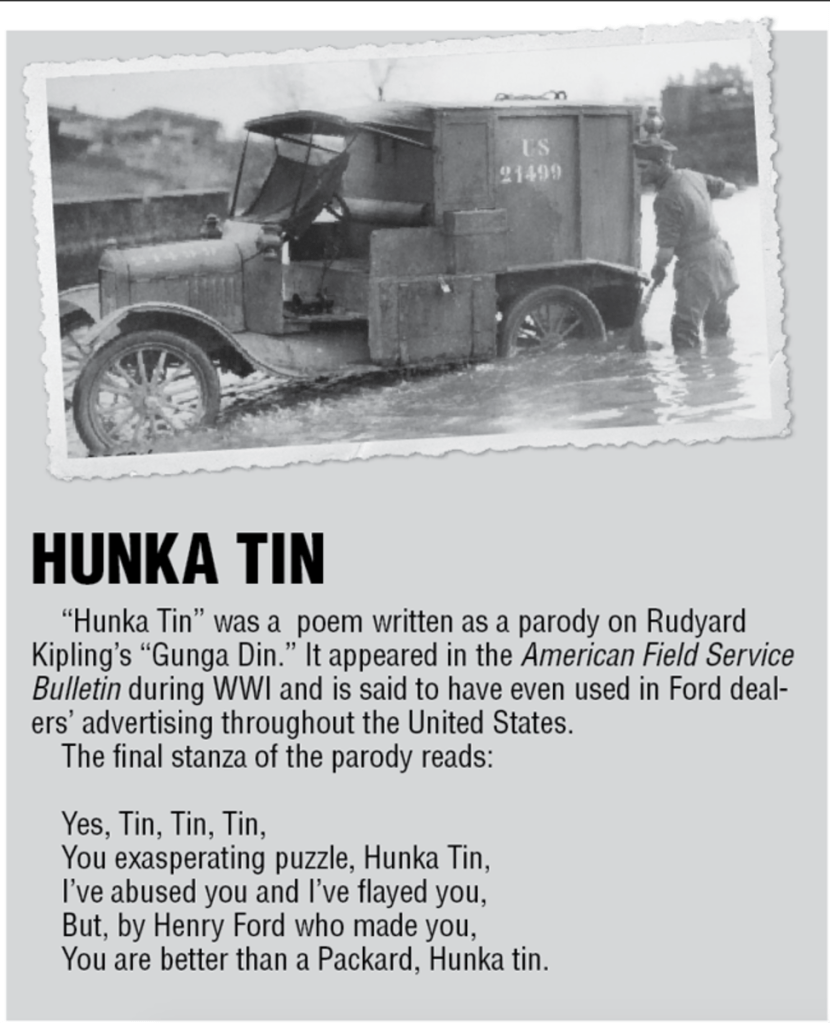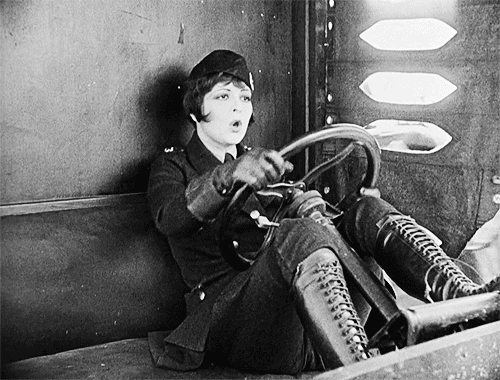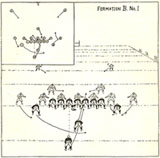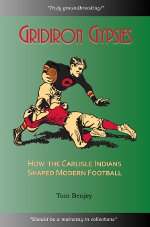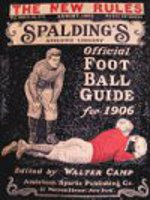A scene in the 1927 Motion Picture Academy Best Picture Winner Wings brought something to mind that James McGrath Morris wrote in or about (I forget which) The Ambulance Drivers, a book about how writers Ernest Hemingway and John Dos Passos became friends while driving ambulances in WWI. What caught my eye several years ago was Morris’s assertion that ambulance drivers had to be from economically advantaged families because poor people wouldn’t know how to drive. That conflicted with what my father had said about growing up poor on a farm at that time.
Dad was too young to go to war but he recalled having some sort of car or truck on the farm even though they didn’t own any land. Used Model T Fords, which were released almost a decade before America’s entrance into WWI, were always on the market at heavily depreciated prices. I remember taking Dad and his older brother to an auction in 1976. The deceased farmer had been a tinkerer who attached Model T drive trains to horse-drawn implements to create useful machines before they were available from major manufacturers. Also at the sale were some complete Model Ts that hadn’t been adapted for other use. My uncle said, “I can remember when that car could be bought for ten dollars.” Dad piped in, “If it ran.”
The point to this is that even poor people had access to automobiles before WWI, although they weren’t Duesenbergs or Packards. Generally, they were Fords because the Model T was the least expensive automobile and it accounted for half of the automobile market at the time.

Clara Bow’s character saw an advertisement for volunteers, with the stipulation that they must be able to drive Fords. To the unfamiliar, that might sound odd. The reasons for it were that Ford built 5,745 ambulances for the Allied Powers and 107 for the Red Cross during WWI. These vehicles used the same Model T drivetrain that was used in passenger cars so many people owned. Other companies also supplied ambulances but Fords were the most common. But why did she need experience driving Fords?
Model T Fords drive like no other automobile. They have no accelerator pedal. Instead they have a throttle level attached to the steering column. Ts employ the handbrake as part of the gear shifting mechanism along with the three pedals on the floor. And they have no clutch pedal. Considerable practice is required to master driving a Model T. The Red Cross probably didn’t have the time for volunteers to learn how to drive the ambulances and couldn’t afford the damage that was sure to result while they were learning.
